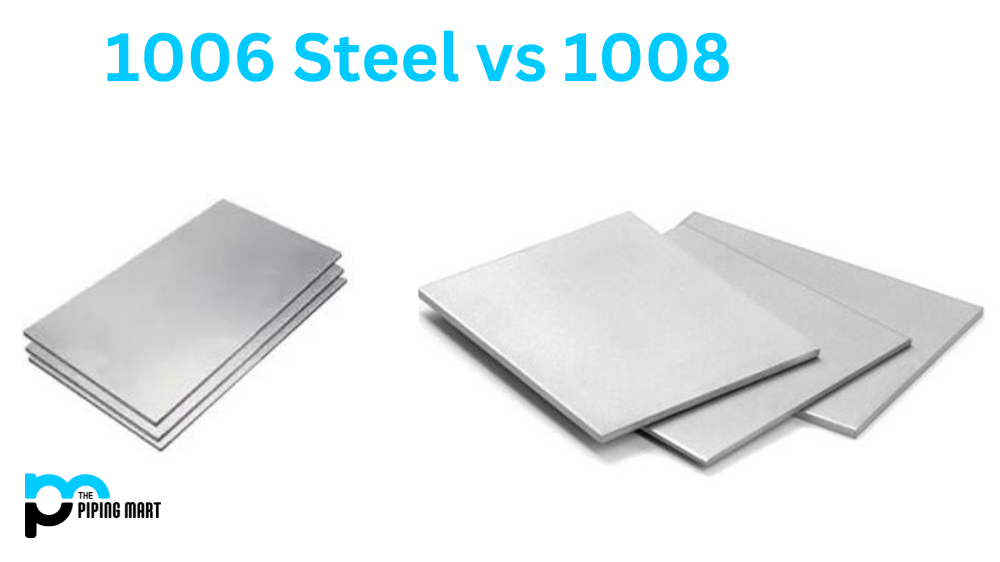Hastelloy and Alloy 20 are both alloys made from a blend of nickel, molybdenum, chromium, copper, iron, and manganese. Both alloys are corrosion-resistant and offer excellent strength and durability in harsh environments. So how do these two materials differ? Let’s take a look at their properties side by side to find out.
What is Hastelloy?
Hastelloy is a family of nickel–based superalloys that are highly corrosion–resistant and have excellent strength and heat resistance. They are used in a variety of applications, including chemical processing, aerospace, and nuclear power plants. Hastelloy alloys are known for their ability to withstand extreme temperatures and harsh environments.
What is Alloy 20?
Alloy 20 is a nickel–iron–chromium austenitic alloy that was developed for maximum resistance to acid attack, specifically sulfuric acid. It is also known as Carpenter 20 and Incoloy 20. Alloy 20 is used in a variety of chemical process applications such as tanks, piping, heat exchangers, pumps, valves, and other components in the chemical industry. It is also used in food processing equipment, pharmaceuticals, and other industries.
Hastelloy vs. Alloy 20
Properties
Hastelloy is most often used in the manufacturing of chemical process equipment due to its superior resistance to corrosion. It is also frequently used for applications that require high-temperature oxidation resistance, such as furnace components or combustion chambers. The alloy can withstand temperatures up to 2200°F (1205°C). Additionally, Hastelloy has superior tensile strength compared to other metals, making it an ideal choice for structural components.
Alloy 20, on the other hand, is primarily used in the production of food processing equipment due to its ability to resist corrosion from acids like sulfuric acid and phosphoric acid. This makes it particularly well suited for applications in which acidic solutions are present, such as pickling operations or acid-based cleaners. The alloy’s unique combination of chromium, molybdenum, and nickel gives it superior strength even at elevated temperatures up to 1800°F (982°C). It also has excellent formability and fabrication characteristics making it easy to shape into complex components using conventional methods.
Conclusion
So there you have it—a quick comparison between two alloys with very different properties but both offering exceptional performance in their respective fields. Whether you need a material that can stand up to corrosive acids or one that can withstand extremely high temperatures, either Hastelloy or Alloy 20 could be a great choice for your application needs. When selecting the right material for your project, it’s important to consider how each alloy will perform under the specific conditions your application requires. If you have any questions about which alloy would be best for your application, feel free to contact us – we’ll be more than happy to answer any questions you may have!

Meet Bhavesh, a seasoned blogger with a wealth of knowledge and experience. From metal products manufacturing to retail, Bhavesh has a diverse background in various industries and is dedicated to sharing his insights and expertise with readers.




